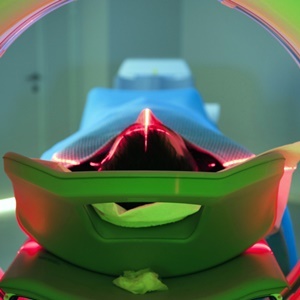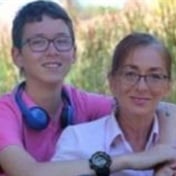
According to the Cancer Association of South Africa (CANSA), 115 000 South Africans are diagnosed with cancer every year. Of those, 60% survive the disease with the help of various treatments and medications.
And if current trends continue, the World Health Organization (WHO) warns that the world will see a 60% increase in cancer cases over the next two decades.
Studies show that early detection allows for a higher survival rate. Among proven cases to prevent new cancer cases, is screening and treatment. In fact, 30-50% of cancers could be prevented, according to the WHO.
"The past 50 years have seen tremendous advances in research on cancer prevention and treatment,” Dr Elisabete Weiderpass, Director of IARC, told the WHO.
Information is key
Cancerous cells can develop in almost all parts of the body, the most common being: breast, prostate, lung, skin and cervical cancer.
Clinical and radiation oncologist Dr Lee-Ann Jones says, “Information is key to the prevention and early detection of cancer. Regular screenings, self-examinations and the adoption of a healthy and positive lifestyle are the givens. Early identification of the disease will inevitably increase the potential for recovery.”
Vaccinations against cancer-causing infections
The human papillomavirus (HPV) are a group of about 120 viruses, and is responsible for causing cervical cancer, while hepatitis B virus (HBV) causes liver cancer. However, vaccination against these two viruses could prevent 1.1 million cancer cases each year, reports the WHO.
Don’t underestimate the role of diet and exercise
Did you know that a healthy diet and regular exercise can lower your cancer risk? In addition to getting your regular recommended cancer screenings, modifying your lifestyle to reduce your risk is just as important.
According to the WHO, around one third of deaths from cancer are due to the five leading behavioural and dietary risks: high body mass index, low fruit and vegetable intake, lack of physical activity, tobacco use, and alcohol use.
A previous study reported that low intake of whole grains was associated with the largest number and proportion of diet-related cancer cases, followed by low levels of dairy products, eating lots of processed meat or red meat, low vegetable and fruit consumption and drinking high amounts of sugar-sweetened beverages.
Family history, self-examinations and screenings
Knowing one’s medical family history is important. Cancer is a genetic disease, meaning changes occur in our genes that can result in the abnormal behaviour and multiplication of cells. This means it can be inherited from our parents and passed onto future generations.
Dr Jones notes that if there’s a history of cancer in your family, it is best to start checking in with your doctor on a regular basis as early as possible, do regular self-examinations and to go for regular screenings. It is suggested that women go for pap smears at least every three years, and once they reach the age of 40, yearly mammograms are recommended. For men, testicular examinations should take place at least once a year.
The WHO recommends that people take note of symptoms that are out of the ordinary. These include sores and wounds that do not appear to be healing, lumps, abnormal bleeding, prolonged indigestion issues and persistent throat infections.
A previous Health24 article explains how to perform a self-exam for skin cancer. When examining your skin, stand in front of a mirror and use the following steps to look at the front and back of your body:
- Raise your arms and examine the right and left sides of your body.
- Then bend your elbows and look carefully at your forearms, upper underarms and palms.
- Next, examine the back of your legs, spaces between your toes and your soles.
- Finally, examine hard-to-see areas such as your back, buttocks and top of your head.
- Use a mirror to inspect the back of your neck and scalp, parting your hair for a better view.
During your skin examination, you should check moles for the ABCDEs of melanoma, the most deadly type of skin cancer:
- Asymmetry: One half of the spot is unlike the other half.
- Border: The spot has an irregular, scalloped or poorly defined border.
- Colour: The spot has varying colours from one area to the next, such as shades of tan, brown or black, or with areas of white, red or blue.
- Diameter: Melanomas are usually greater than 6 millimetres, or about the size of a pencil eraser, when they are diagnosed, but they can be smaller.
- Evolving: A mole or spot on the skin that looks different than the rest or is changing in size, shape or colour.
And to learn how to perform a self-exam for breast cancer, you can watch the video here.
Image credit: iStock




 Publications
Publications
 Partners
Partners















